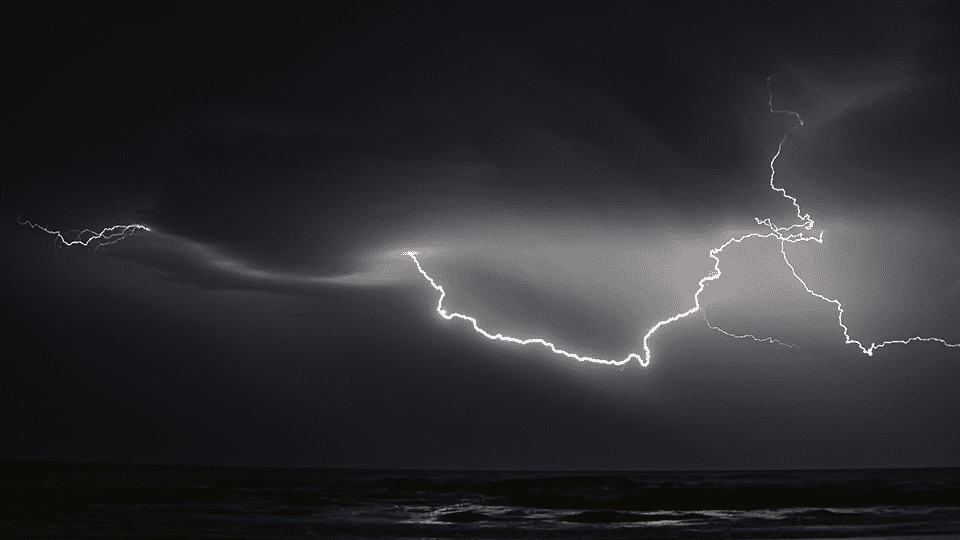
Some thunderstorms are so intense that the vivid lightning and crashes of thunder may keep you up at night. Here’s a thought that will surely keep you awake during such restless storms: some lightning bolts are so large they can extend across multiple states. According to scientists who analyzed satellite imagery, one such lighting bolt measured more than 500 kilometers (310 miles).
Mega flashes
Since the 1950s, researchers have been aware of lightning discharges on the order of 100 km in length, thanks to radar-based findings. Later, around 1989, scientists discovered “sprites” — large-scale electrical discharges that occur high in the atmosphere at about 50−90 km, within so-called “mesoscale convective systems” (MCSs). One such sprite, which formed in 2007 over Oklahoma, was 321 km in length and has been certified by the World Meteorological Organization as the longest officially documented lightning flash.
But, this kind of record will be broken time and time again in the near future, judging from a recent study published in the Bulletin of the American Meteorological Society.
The study, authored by Walter Lyons at FMA Research in Fort Collins, Colorado, and colleagues, employed ground-based lightning detectors and an instrument aboard the GOES-16 spacecraft, which was launched in 2016. On October 22nd, 2017, the Geostationary Lightning Mapper (GLM) sensor on the spacecraft detected “a lightning discharge that originated in northern Texas, propagated north-northeast across, Oklahoma, fortuitously traversed the Oklahoma LMA (OKLMA), and finally terminated in southeastern Kansas.” According to Lyons and colleagues, the discharge was more than 500 km long, illuminating an area of 67,845 square kilometers.
Such exceptional sprites are the result of propagating lightning channels that tap into huge reservoirs of positive charge present within a MCS’ stratiform region. According to the researchers, typically a lightning discharge originates near the top of the convective cell (~8-10 km in altitude), then travels rearward and downward, following the trajectory of descending positively charged ice crystals.
Although the 2017 megaflash originating in Texas dwarfs the current official record holder for the longest lightning flash, researchers expect to encounter even larger ones. Already, other scientists claim they’ve spotted flashes as long as 673-km in the GOES data. In the future, these observations will help researchers gain a better understanding of how electrical events in the atmosphere occur.
“A megaflash, once initiated, appears able to propagate almost indefinitely as long as adequate contiguous charge reservoirs exist in the secondary precipitation maxima of MCS stratiform regions. Is it possible that a future megaflash can attain a length of 1,000 km? We would not bet against that. Let the search begin,” the researchers wrote.






